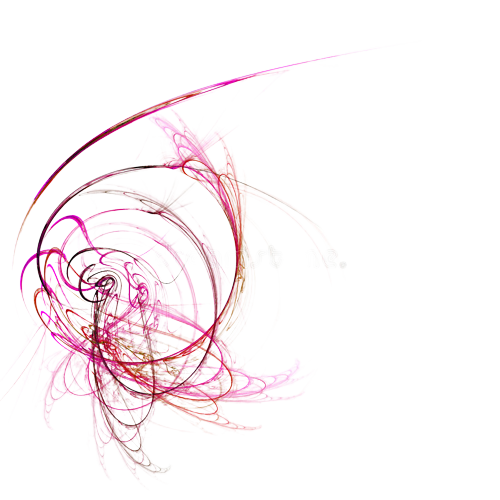What is the cross product of orthogonal vectors?
The cross product a × b is defined as a vector c that is perpendicular (orthogonal) to both a and b, with a direction given by the right-hand rule and a magnitude equal to the area of the parallelogram that the vectors span.
Is the cross product of two unit vectors a unit vector?
The cross product of two unit vectors is always a unit vector.
How do you find the cross product of two unit vectors?
Moving around the circle in the positive direction, or counterclockwise, we find that the vector product of any two successive unit vectors is the third unit vector: i × j = k….2.5 The Vector, or Cross, Product.
| i × i = 0 | i × j = +k | j × i = −k |
|---|---|---|
| k × k = 0 | k × i = +j | i × k = −j |
What will be the cross product of the vectors 2i 3j K and 3i 2j k?
| Q. | What will be the cross product of the vectors 2i + 3j + k and 3i + 2j + k? |
|---|---|
| B. | 2i + 3j + k |
| C. | i + j – 5k |
| D. | 2i – j – 5k |
| Answer» c. i + j – 5k |
Why is the cross product orthogonal?
If a vector is perpendicular to a basis of a plane, then it is perpendicular to that entire plane. So, the cross product of two (linearly independent) vectors, since it is orthogonal to each, is orthogonal to the plane which they span.
Is cross product vector or scalar?
One type, the dot product, is a scalar product; the result of the dot product of two vectors is a scalar. The other type, called the cross product, is a vector product since it yields another vector rather than a scalar.
What does vector cross product represent?
The dot product measures how much two vectors point in the same direction, but the cross product measures how much two vectors point in different directions.
Why is J negative in cross product?
From the geometrical point of view, since cross-product corresponds to the signed area of the parallelogram which has the two vectors as sides, we can find the minus-sign in its expression by the symbolic determinant which indeed requires a minus-sign for the →j coordinate, according to Laplace’s expansion for the …
What is the cross product of a vector and a unit vector?
Since two identical vectors produce a degenerate parallelogram with no area, the cross product of any vector with itself is zero… Applying this corollary to the unit vectors means that the cross product of any unit vector with itself is zero.
What will be the cross product of the vector 2i 3j K and 6i 9j 3k?
10. What will be the cross product of the vectors 2i + 3j + k and 6i + 9j + 3k? Explanation: The given vectors are parallel to each other. The cross product of parallel vectors is 0 because sin(0) is 0.
